Duke, I assumed ( yeah I know about assumptions ) that people would be rinsing thouroughly after cleaning. I've cleaned buckets full of brass with no issue months later. If you don't rinse, what Duke desribed will happen very quickly.
When I clean .22LR brass, I use the low foam, rinse, 50/50 water/white vinigar, rinse, water/1 tbsp baking soda, rinse, boil, dry. Severe overkill, but it sure beats replacing $200 dies and punches and waiting over a year for them.
When I clean .22LR brass, I use the low foam, rinse, 50/50 water/white vinigar, rinse, water/1 tbsp baking soda, rinse, boil, dry. Severe overkill, but it sure beats replacing $200 dies and punches and waiting over a year for them.

![Smile [smile] [smile]](/xen/styles/default/xenforo/smilies.vb/001.gif)
![Grin [grin] [grin]](/xen/styles/default/xenforo/smilies.vb/041.gif)
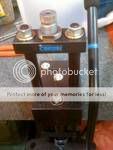
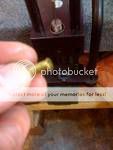
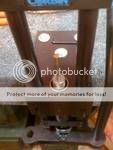
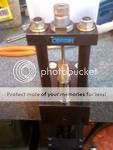
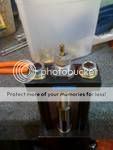

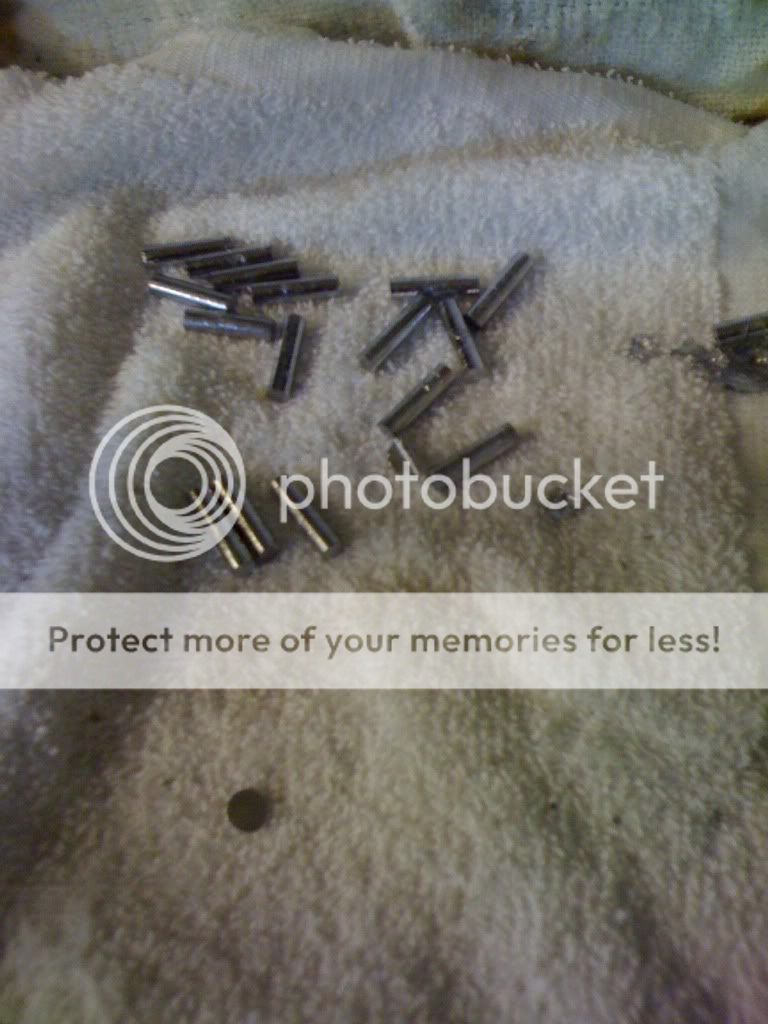
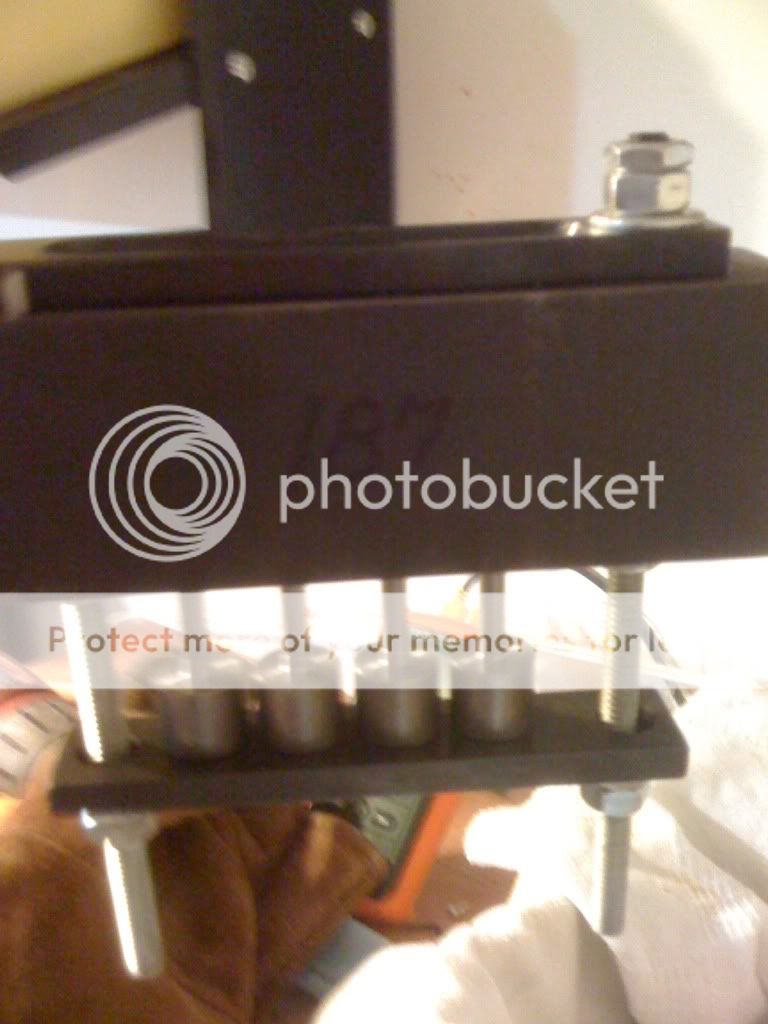
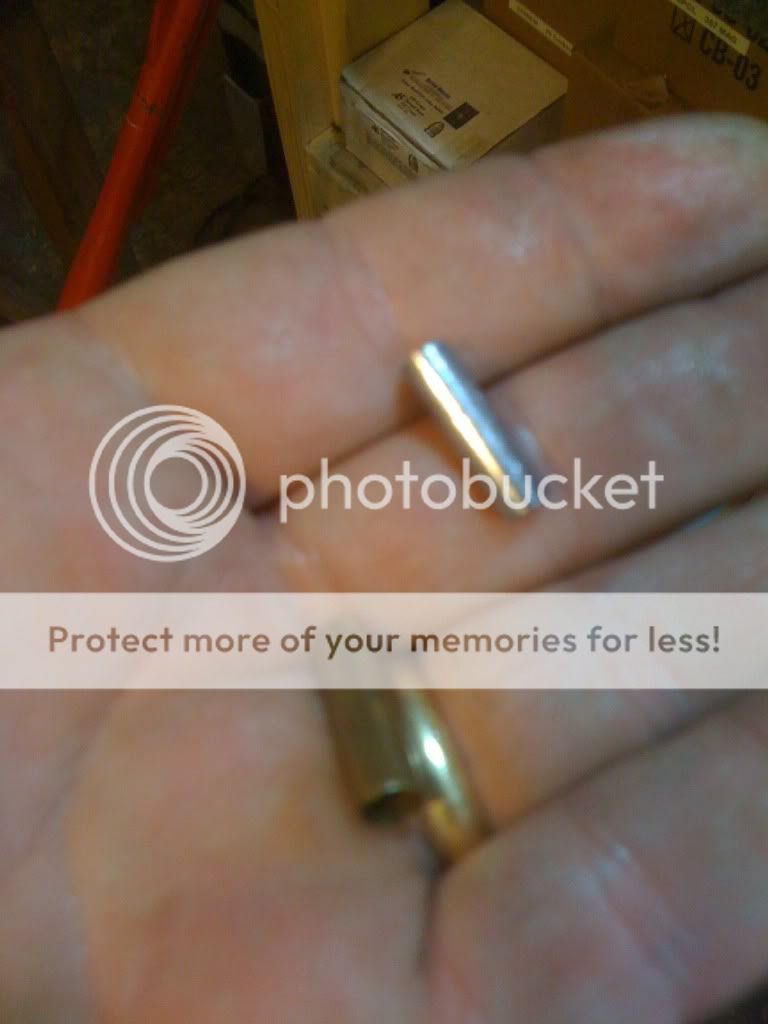
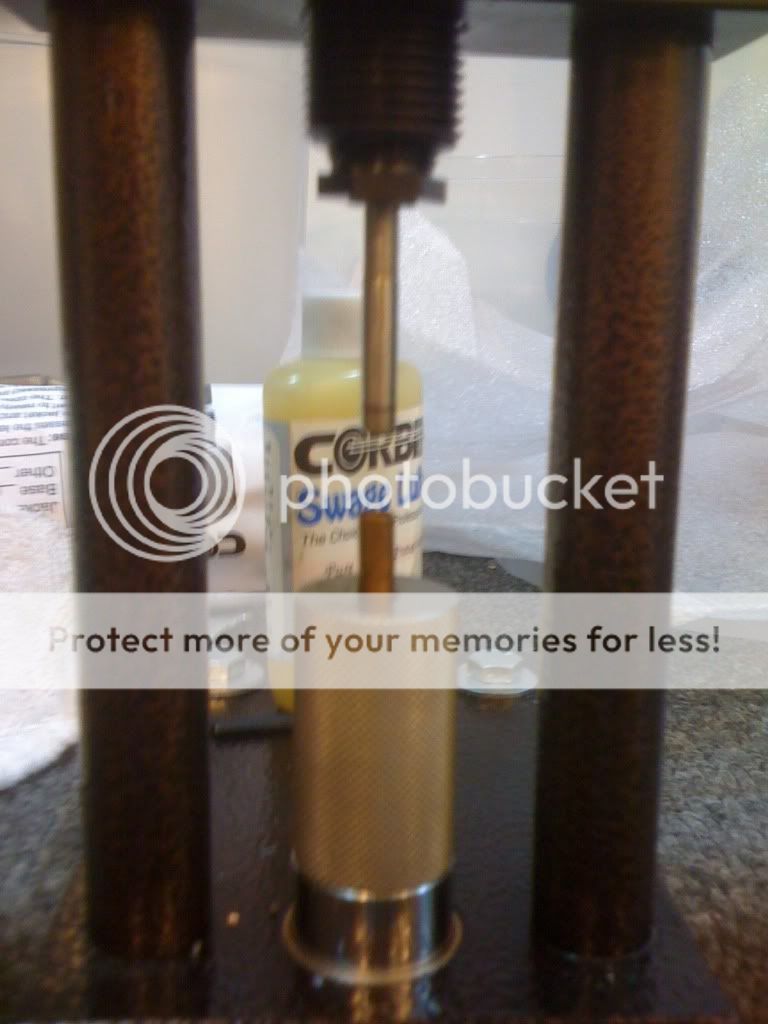
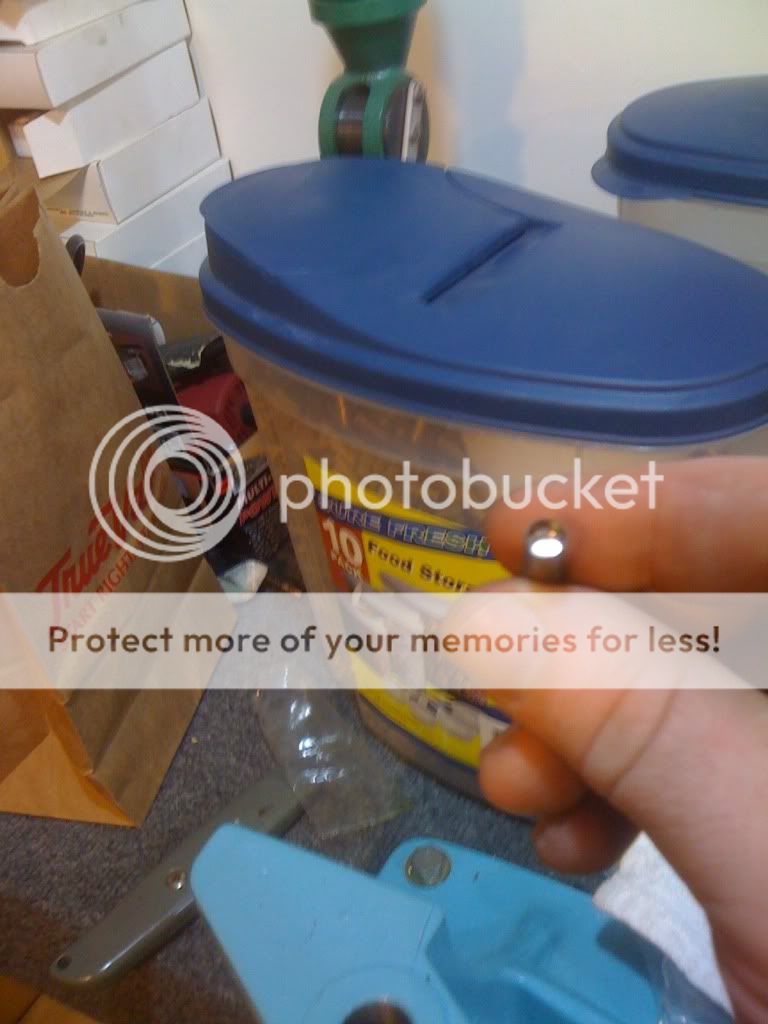
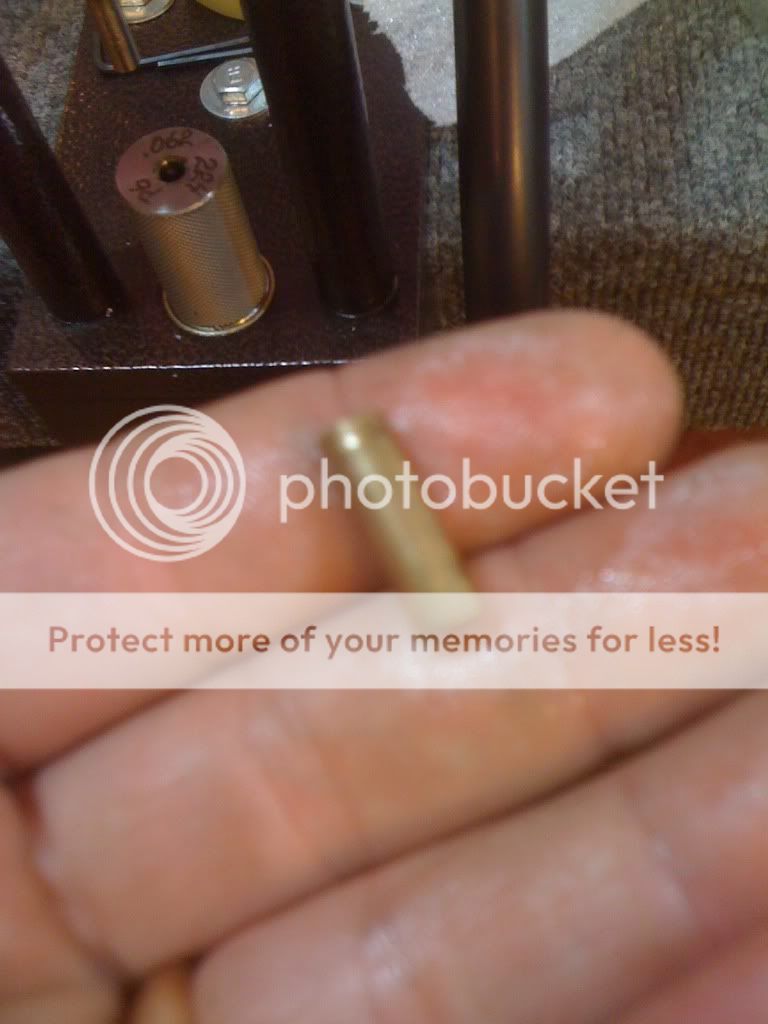
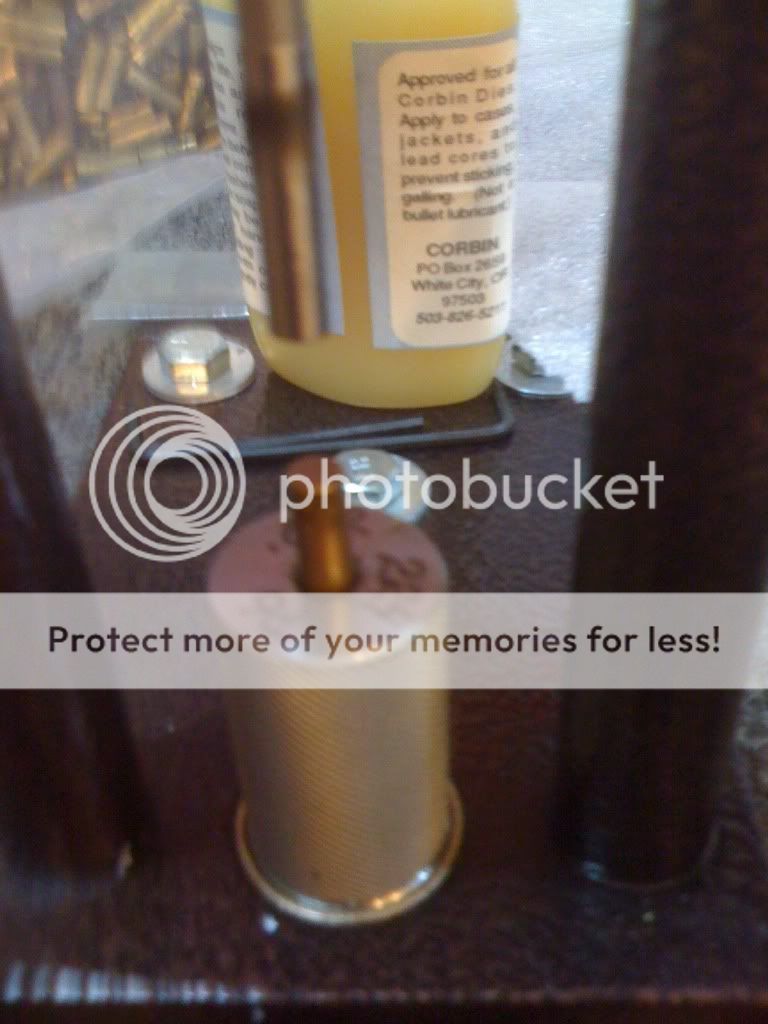
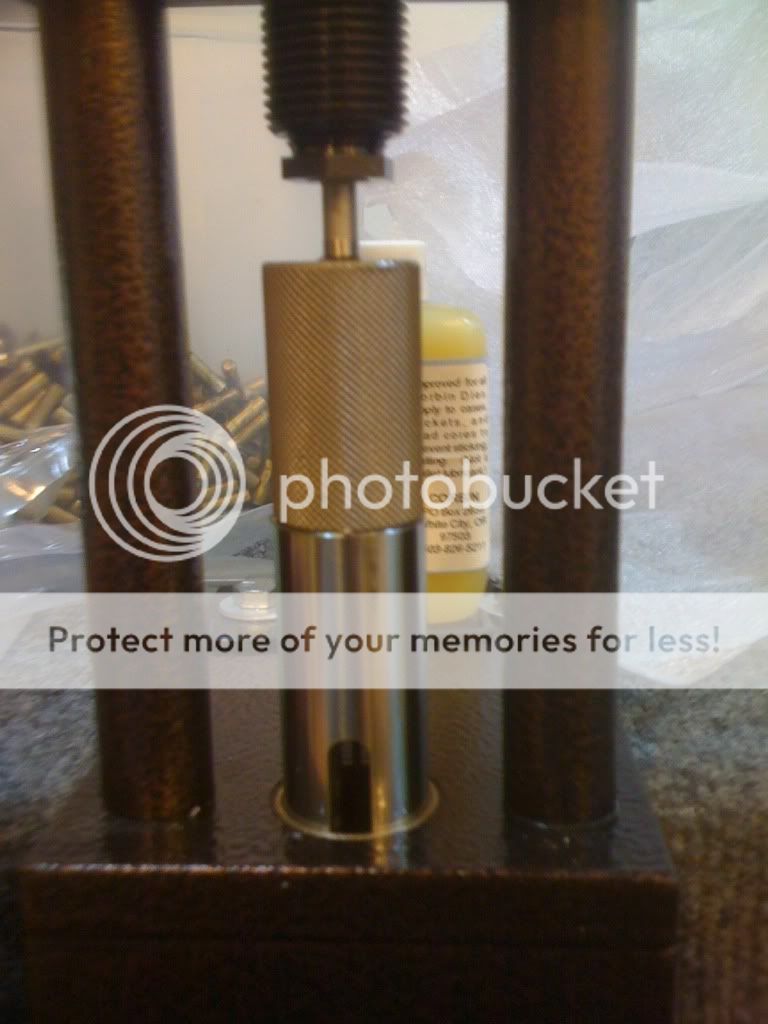
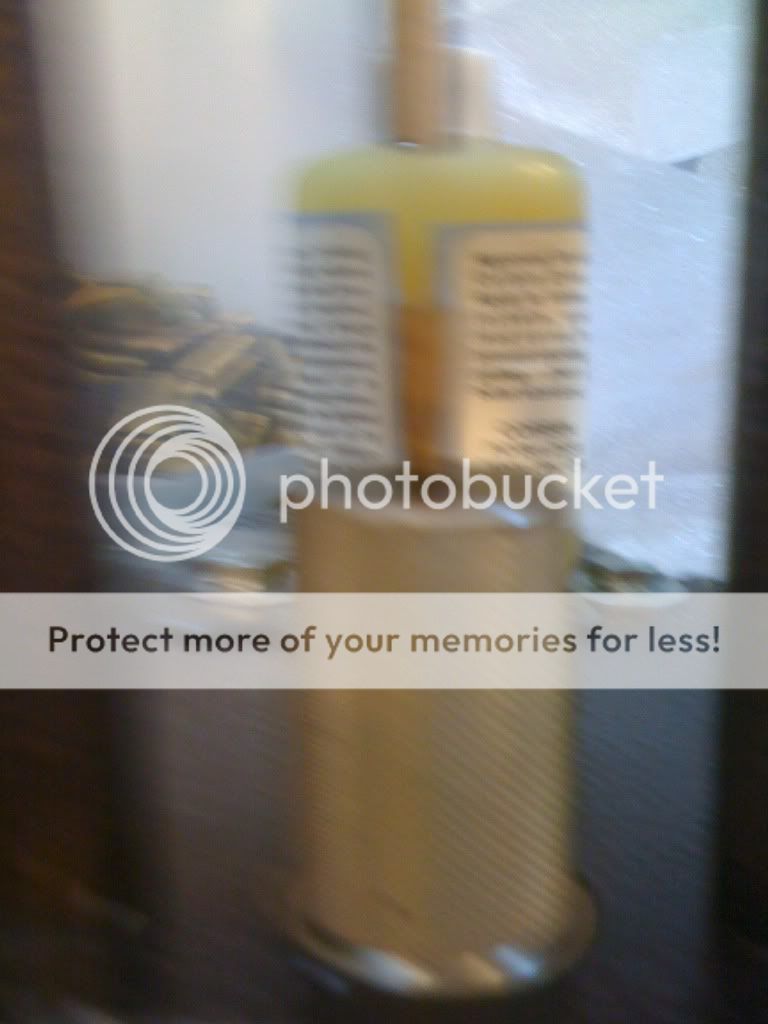

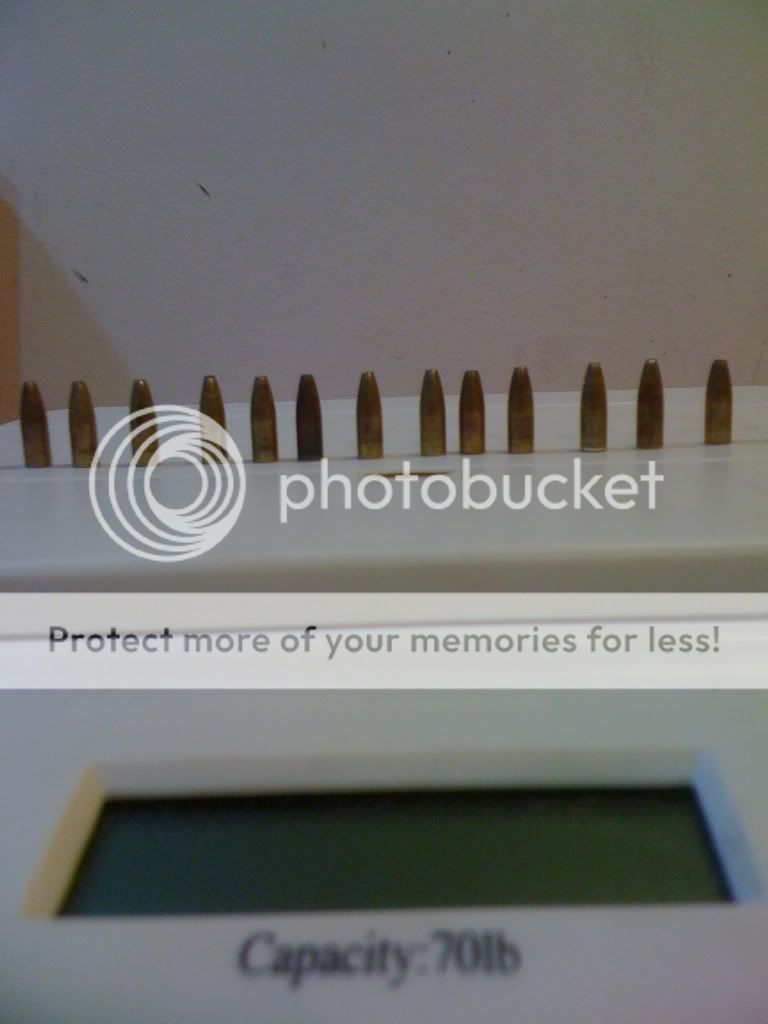

![Thinking [thinking] [thinking]](/xen/styles/default/xenforo/smilies.vb/010.gif)